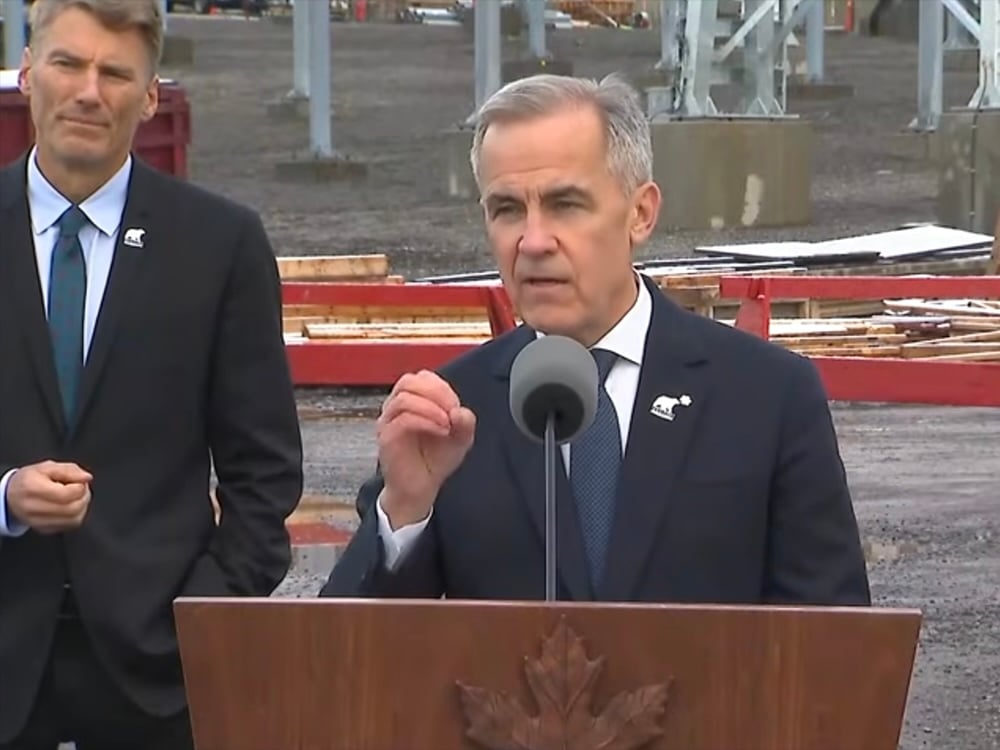- Reaction score
- 11,786
- Points
- 1,160
BC has a total area of 944,735 km2
Apparently 95% of that area is not covered by any treaty.
I don't think it is unreasonable to suggest that the previous inhabitants have an arguable case for the land.
Even if those 290,210 people only represent 5.9% of the population.
In Scotland 57% of the land and half of that land is held by 421 people. Less than .01% of the population.
Meanwhile
61.8% of the population lives in large urban areas like Richmond
12.9% of the poulation lives in medium urban areas like Kamloops
11.7% of the population lives in small urban areas
13.6% of the population lives in rural areas
I am going to suggest that there is a higher percentage of indigenous people in the rural areas than the urban areas.
85% of the population lives in the urban areas
And that is where most of the non-indigenous population lives.
The urban area of BC is 83,447 km2 or about 9% of the total area.
Victoria, Sooke, Nanaimo and Port Hardy are secured by the Douglas treaties.
Fort St. John and Fort Nelson are secured by treaty 8
Notably Vancouver and the Lower Mainland, along with the Okanagan and Shuswap valleys are not.
.....
If the First Nations were negotiating as a collective and I was them I am not sure that I would have picked either the Richmond or the Kamloops fight.
A good chunk of the urban population has been sympathetic to indigenous land claims and was quite willing to let the government bargain with the first nations for the 90% of BC they didn't use and only visted occasionally.
By bringing attention to the 5% of the territory that is in dispute, that territory being the most populous part, and by making the issue personal to home-owners, they have likely lost a good deal of that useful sympathy.
Unless they wanted to stir up dissent....
Apparently 95% of that area is not covered by any treaty.
I don't think it is unreasonable to suggest that the previous inhabitants have an arguable case for the land.
Even if those 290,210 people only represent 5.9% of the population.
In Scotland 57% of the land and half of that land is held by 421 people. Less than .01% of the population.
Meanwhile
61.8% of the population lives in large urban areas like Richmond
12.9% of the poulation lives in medium urban areas like Kamloops
11.7% of the population lives in small urban areas
13.6% of the population lives in rural areas
I am going to suggest that there is a higher percentage of indigenous people in the rural areas than the urban areas.
85% of the population lives in the urban areas
And that is where most of the non-indigenous population lives.
The urban area of BC is 83,447 km2 or about 9% of the total area.
Victoria, Sooke, Nanaimo and Port Hardy are secured by the Douglas treaties.
Fort St. John and Fort Nelson are secured by treaty 8
Notably Vancouver and the Lower Mainland, along with the Okanagan and Shuswap valleys are not.
.....
If the First Nations were negotiating as a collective and I was them I am not sure that I would have picked either the Richmond or the Kamloops fight.
A good chunk of the urban population has been sympathetic to indigenous land claims and was quite willing to let the government bargain with the first nations for the 90% of BC they didn't use and only visted occasionally.
By bringing attention to the 5% of the territory that is in dispute, that territory being the most populous part, and by making the issue personal to home-owners, they have likely lost a good deal of that useful sympathy.
Unless they wanted to stir up dissent....








